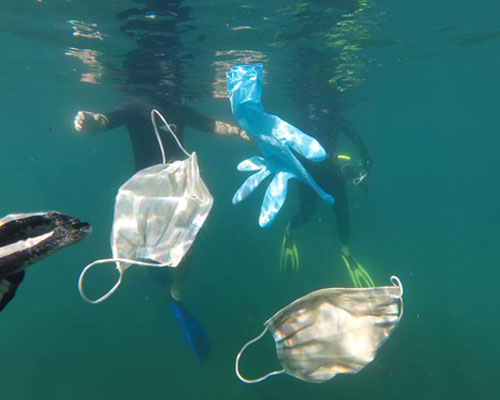Ammonia buffer solutions are used in a variety of industries to stabilize pH levels. In this article, we will discuss the different types of ammonia buffers and their applications. We will also look at the manufacturing process and how to properly use ammonia buffers. Keep reading to learn everything you need to know about ammonia buffer solutions!
Types of ammonia buffers
There are three main types of ammonia buffers: ammonium acetate, ammonium bicarbonate, and ammonium chloride. Each type of buffer has its own unique properties and applications. Ammonium acetate is the most commonly used buffer in industry because it is relatively cheap and easy to manufacture. Ammonia bicarbonate is used in food and beverage industry because it is a food-grade buffering agent. Ammonium chloride is used in pharmaceutical and medical applications due to its high solubility.
Ammonia buffer formula
The most common type of ammonia buffer is the ammonium bicarbonate buffer. This buffer is made by combining ammonium hydroxide and sodium bicarbonate. The ratio of these two chemicals is important to create a stable pH level. For example, a ratio of one part ammonium hydroxide to two parts sodium bicarbonate will create a buffer with a pH of about nine.
The manufacturing process of ammonia buffers is relatively simple. First, the two chemicals are mixed together in the correct ratio. Then, the mixture is heated until it reaches a boiling point. After that, it is cooled and stored in an airtight container.
pH level of ammonia buffer
The pH level of ammonia buffer solutions can range from about four to ten. The most common type of ammonia buffer is the ammonium hydroxide solution, which has a pH level of around nine. This type of solution is used in many industries, including the food and beverage industry, to stabilize pH levels. Ammonium hydroxide solutions are also used in the pharmaceutical industry and in the cosmetics industry.
There are other types of ammonia buffer solutions that can be used to stabilize pH levels. One type of solution is the ammonium chloride solution, which has a pH level of around seven. This type of solution is often used in the textile industry and in the paper industry. Another type of solution is the ammonium sulfate solution, which has a pH level of around six. This type of solution is often used in the chemical industry and in the oil and gas industry.
Manufacturing process of ammonia buffer solutions
The manufacturing process of ammonia buffer solutions can vary depending on the type of solution that is being made. Ammonium hydroxide solutions are typically made by combining ammonia and water. Ammonium chloride solutions are typically made by combining ammonium chloride and water. Ammonium sulfate solutions are typically made by combining ammonium sulfate and water.
The manufacturing process of ammonia buffers involves the neutralization of acids and bases. The most common method of manufacture is the batch process, which involves adding acid or base to a solution until the desired pH is achieved. The second method is the continuous process, which uses a column containing an acidic or basic material to neutralize the solution.
Uses
When using an ammonia buffer, it is important to follow the directions on the label. This will ensure that the buffer is used correctly and that the pH level is maintained. Ammonia buffers should be replaced every six months to ensure that they are effective.
Ammonia buffers are also used in many industrial applications. For example, they are often used to stabilize pH levels in water treatment plants. Ammonium bicarbonate buffers are also used in the food industry to maintain the acidity of foods.
Ammonia buffer solution for hardness
The hardness of water is caused by the presence of dissolved minerals, such as calcium and magnesium. When these minerals are present in high concentrations, they can cause a number of problems, including scale buildup on pipes and fixtures, decreased water quality, and even health problems.
Ammonia buffer solutions are used to stabilize pH levels in water, which can help to reduce the hardness of the water. There are a variety of different types of ammonia buffers, each with their own advantages and disadvantages.
The most common type of ammonia buffer is sodium bicarbonate, which is also known as baking soda. Sodium bicarbonate is relatively inexpensive and easy to find, making it a popular choice for many industries. However, sodium bicarbonate is not as effective at reducing hardness as some of the other options.
Another type of ammonia buffer is calcium carbonate, which is also known as limestone. Calcium carbonate is more effective at reducing hardness than sodium bicarbonate, but it is also more expensive
##nh3 and nh4cl buffer
ammonia buffer system
Now that you know everything there is to know about ammonia buffer solutions, you can use them in a variety of applications. Be sure to follow the directions on the label and replace them

